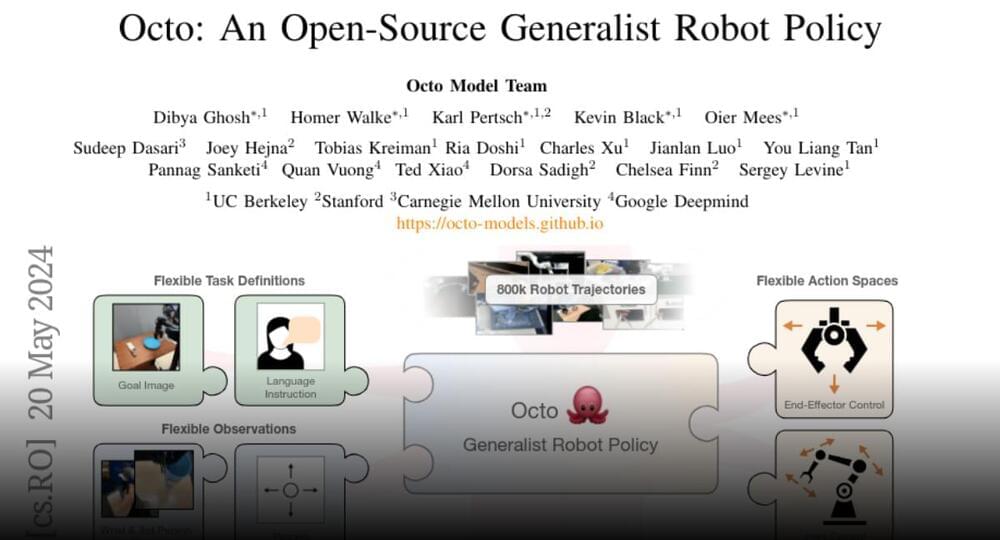Geoffrey Hinton, one of the “godfathers” of AI, is adamant that AI will surpass human intelligence — and worries that we aren’t being safe enough about its development.
This isn’t just his opinion, though it certainly carries weight on its own. In an interview with the BBC’s Newsnight program, Hinton claimed that the idea of AI surpassing human intelligence as an inevitability is in fact the consensus of leaders in the field.
“Very few of the experts are in doubt about that,” Hinton told the BBC. “Almost everybody I know who is an expert on AI believes that they will exceed human intelligence — it’s just a question of when.”






